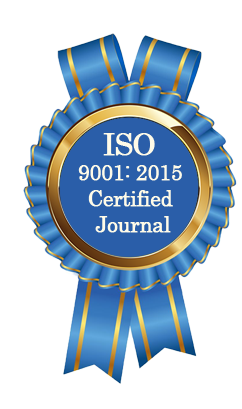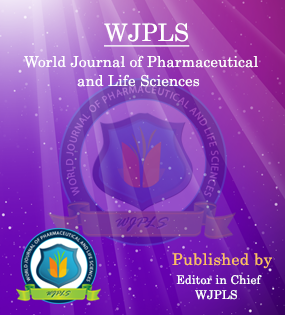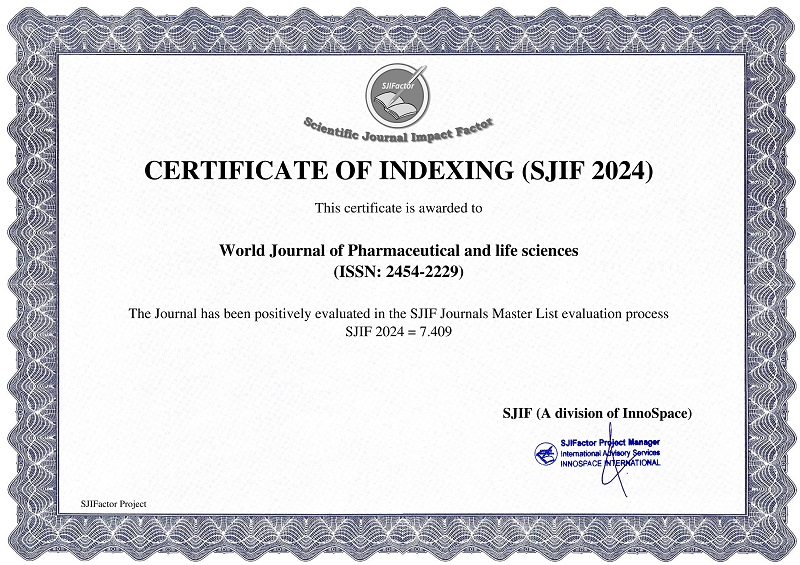Abstract
INDUCION, MODE OF ACTION AND APPLICATIONS OF INTERFERON FOR TREATMENT OF VARIOUS HUMAN DISEASES: A REVIEW
Afaq Ahmed, Maryam Javid, Sadia Azaz and Dr. Sikander Ali*
ABSTRACT
Interferons are member of cytokines family that alter a broad range of cellular activities. These are low molecular weight, host encoded proteins or glycoproteins that induce a series of interferon stimulated genes that code for anti-viral proteins. There are three classes of interferons that can induce interferon stimulated genes, type 1 with alpha and beta, type 2 includes only gamma and type 3 with only lambda interferons. At first interferon was isolated from animals for therapeutic uses but now it is produced either by genetic engineering or by natural methods its production is induced in cell cultures. In host cells Viruses, Polymers, Small molecules, Bacteria, Immunogens and many others act as inducers for IFNs production. INFAR are the receptors for interferon binding. Type-1 interferons exert diverse biological effects. Most important among these effects is anti-viral activity that controls virus replication and pathogenesis. Interferons promote antiviral and antibacterial innate immunity and on the other hand they also suppress immune response by anti-inflammatory cytokines. Type-III interferons are the components of innate immune response against HCV. This review focuses on brief introduction of interferon, what are the inducers of interferon production, its mode of action and different applications of interferons by which it is used to enhance public health standards.
[Full Text Article] [Download Certificate]WJPLS CITATION 
| All | Since 2019 | |
| Citation | 422 | 322 |
| h-index | 9 | 7 |
| i10-index | 4 | 2 |
INDEXING
NEWS & UPDATION
BEST ARTICLE AWARDS
World Journal of Pharmaceutical and life sciences is giving Best Article Award in every Issue for Best Article and Issue Certificate of Appreciation to the Authors to promote research activity of scholar.
Best Article of current issue
Download Article : Click here





